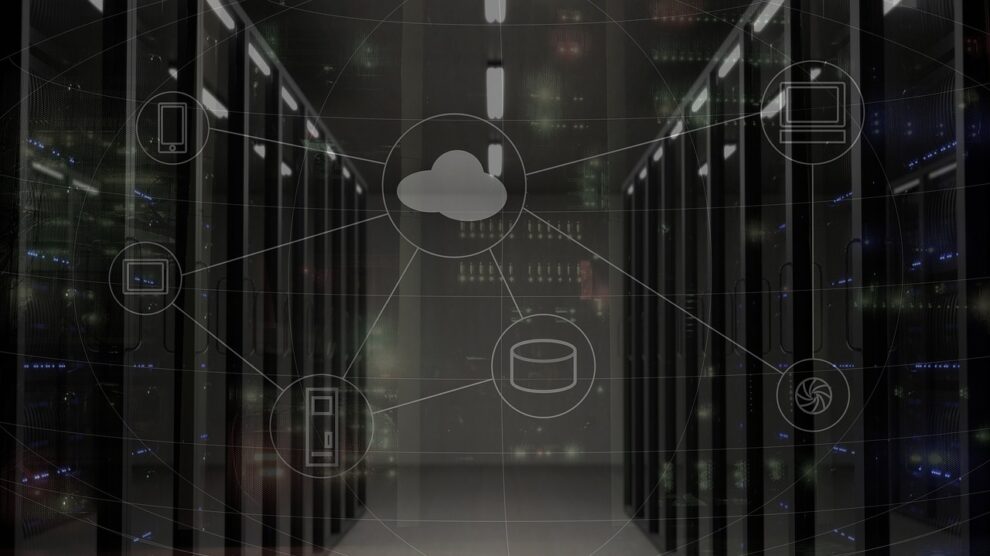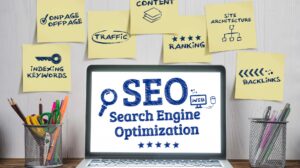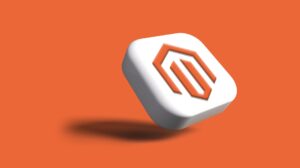Gone are the days of disconnected homes. The Internet of Things (IoT) has turned every object into a capable computer, ready to sense, analyze, disseminate data and communicate information. Refrigerators, lamps, door locks — they all have the capability to connect to the Internet and interact with each other with the power of IoT.
What’s more, IoT is exploding. 2 billion smart devices existed in 2006. Intel projects that by the year 2020, we can expect a 100-fold increase: a staggering 200 billion smart devices. IoT has made a truly robust ecosystem of smart devices a reality. As the technology and platforms utilized by IoT become more sophisticated, true smart homes are becoming a reality.
At present, most IoT technologies are found within industrial settings, such as enterprises, factories or hospitals. As the price of smart devices lower, however, we’ll begin to see houses replete with interconnected devices, producing and gathering data over WiFi at a minimal cost. Berg Insight predicts the worldwide smart home market will skyrocket from its current valuation at $20 billion to $58 billion by the year 2020. While we may be far from suburban smart home developments, select smart homes are already beginning to brim with intelligent life.
How can businesses take full advantage of this technological revolution? There are infinitely many opportunities to be exploited. There are a few sectors within the burgeoning age of connectedness that particularly stand out, however. Namely, data, energy, security and insurance.
Data
Big data is getting bigger, thanks in part to the Internet of Things. IDC estimates that IoT will generate 10% of the world’s data by 2020. A suite of interconnected devices means a profusion of valuable data. Wearable technologies that track behavior, such as average heart rate, amount of time spent exercising and the number of hours of restful sleep are just drops in the bucket of incredible consumer data.
Businesses can better understand the needs of their consumers by tapping into energy usage statistics. They can release firmware and software updates more regularly as they collate massive amounts of data regarding software and hardware failure. Utilizing GPS data, companies can offer location-based services, coupons and promotions. Companies can become familiar with how their products are used in the real world and wield that information to hone its successful components and solve its issues.
Energy
The average cost of electricity has risen 29% over the past five years, and the cost continues to rise. Smart homes have shown to reduce costs by as much as 20%, according to a study conducted by University of Massachusetts.
Smart thermostats, carbon monoxide detectors, connected smoke alarms, security and lighting systems aim to reduce the amount of energy consumption in residential homes, marrying green technology with IoT. Google-owned startup Nest developed a self-learning thermostat, for example, that heats and cools homes efficiently. It’s equipped with a feature that allows it to recognize whether or not a home is occupied, and adjusts to an even lower consumption mode. Innovative technologies that utilize self-learning could help lower energy costs significantly.
Security
As opposed to the furnishings in a traditional home, a smart home’s objects store information. This information is vulnerable to attack. Often, smart devices aren’t equipped with powerful processors and are unable to load complex security software, complicating issues of safety and privacy.
Consumer trust in smart home technology dropped rather dramatically in 2015 due to the perception that information could be easily leaked or tampered with by outside entities. This problem could in fact be an immense opportunity. Secure IoT platforms, lightweight security software and distributed smart home security services are in extremely high demand.
Insurance
Given smart homes unique attribute of being able to monitor their own surroundings, insurance companies are becoming more interested in using this ability to minimize risk. Outfitting one’s home with devices equipped to recognize leaky pipes could reduce the number of claims and decrease water damage claims significantly. In fact, USAA is developing their own technologies in order to provide policyholders with a “check-engine light for the home.” In the meantime, various insurance companies are offering subsidies for customers willing to rewire their homes. Claims-preventing IoT technology could therefore be a lucrative venture.
Conclusion
While the cost barrier remains somewhat high for consumers to adopt smart homes, wider adoption of smart, connected homes is on the horizon. As prices become less prohibitive and the market valuation rises, as some pricing and market research experts indicate they will, it is expected that we will see an uptick in consumer participation.
A number of opportunities to take advantage of IoT and smart home technology will grow with this participation. Smart homes will produce immense sets of data, which could be gathered and analyzed by businesses in every industry. Products and services that continue to optimize energy efficiency and security could even promulgate smart home and IoT tech and promote widespread adoption. Further, companies can take advantage of self-learning devices to assist with insuring homes, reducing claims or developing innovative products for home insurers. By staying connected to connected homes, businesses could optimize their own products, further contributing to the IoT revolution, and profit from their adept manipulation of it.





